What to Expect When Purchasing Mulch
Understanding mulch and its role in garden maintenance can transform your landscape and garden care routine. Below, we guide you through everything you need to know before purchasing mulch, ensuring that you make informed decisions for your gardening needs. By exploring the different types of mulch available, their benefits, costs, environmental impacts, and proper application techniques, you can enhance the beauty and health of your garden. With the right knowledge, you can choose mulch that not only meets your aesthetic preferences but also supports sustainable gardening practices.
Understanding Different Types of Mulch
Mulches can be broadly categorized as organic and inorganic, each with distinct characteristics and benefits. Organic mulches, such as wood chips, straw, and bark, tend to decompose over time, adding nutrients back to the soil. Conversely, inorganic mulches like gravel, rubber, and plastic do not decompose and are often used for decorative purposes or to create lasting foundations. Organic mulches are favorable for those seeking to improve soil health, while inorganic varieties offer long-term structural stability without contributing to the soil's nutrient profile. Gardeners must assess their specific needs and preferences to determine the ideal type of mulch.
Wood chips and bark mulch are popular options among gardeners looking to enhance soil health while maintaining a natural appearance. These types of organic mulch break down over time, enriching the soil with nutrients and improving its structure. Wood mulch is excellent for flower beds, pathways, and around trees, as it visually complements many landscaping designs. Additionally, it helps retain moisture, moderating soil temperatures and supporting healthy plant growth. However, periodic replenishment is necessary as the material decomposes, which is a consideration when planning maintenance routines.
In contrast to other organic mulches, materials such as straw, grass clippings, and pine needles present unique benefits and considerations. Straw mulch is effective at suppressing weeds and can be a cost-effective option for large areas, though it may need to be supplemented with nitrogen-rich fertilizers. Grass clippings are readily available but should be used sparingly to prevent matting and poor air circulation. Pine needles provide attractive and long-lasting mulch but can increase soil acidity, which is beneficial for plants that thrive in such conditions. Understanding these materials ensures that you choose the best mulch based on your specific gardening goals.
Benefits of Using Mulch
One of the primary benefits of mulch is its ability to retain soil moisture, crucial for plant health, especially during dry periods. By creating a protective layer over the soil, mulch significantly reduces evaporation, leading to more consistent moisture levels. This not only helps conserve water resources but also minimizes plant stress by providing a more stable growing environment. Additionally, moisture retention supports the activities of beneficial soil organisms, further enhancing soil health. By choosing the right mulch, gardeners can create a self-sustaining ecosystem that requires less frequent watering and fertilization.
Weed suppression is another essential advantage that mulch provides, reducing gardeners' labor and enhancing the overall aesthetics of the landscape. By preventing sunlight from reaching the soil surface, mulch inhibits weed germination and growth, providing a natural barrier that requires less intervention than chemical herbicides. While weeds may still emerge occasionally, their numbers and sizes are typically reduced, making them easier to manage. A properly mulched area contributes not only to a cleaner garden appearance but also supports healthier plants by reducing competition for nutrients and water. This leads to more productive and vibrant plantings with less maintenance effort.
Mulch also plays a vital role in temperature regulation of soil, which helps plants thrive through fluctuating weather conditions. It acts as an insulating layer, keeping soil temperatures cooler in the summer and warmer in the winter, thus protecting plant roots from extreme temperatures. This buffer can extend the growing season and improve plant resilience against unexpected frosts or heatwaves. Furthermore, organic mulches decompose over time, gradually releasing nutrients that enhance soil fertility. By understanding and leveraging these benefits, gardeners can support robust plant growth and resilience throughout the year.
How to Calculate the Amount of Mulch Needed
Accurate calculation of mulch quantity is crucial for effective coverage without overspending, which entails understanding mulch coverage per cubic yard. Generally, one cubic yard of mulch covers approximately 100 square feet at a three-inch depth, reports Texas A&M University; this provides a good balance between cost and effectiveness. For smaller landscapes, bagged pre-packaged mulch might be convenient, but for larger areas, ordering mulch in bulk can be more economical. It's important to note that the normal expense for mulching is approximately $275 for 3 cubic yards of bark mulch, delivered and installed, according to Fact.mr, indicating the value of precise calculation. Ensuring adequate mulch coverage optimizes weed suppression, moisture retention, and aesthetic appeal.
Calculating the area for mulching involves careful measurement and consideration of different landscape sections. Start by determining the length and width of each area requiring mulching, using accurate tools such as measuring tapes or laser distance finders for precision. Multiply the length by the width to obtain the square footage, factoring in any irregular shapes by dividing them into smaller sections and adding their areas together. Accurate area measurements help prevent both under- and over-purchasing mulch, leading to optimized cost management and consistent application across the garden. This methodical approach ensures that every part of the landscape benefits from the mulching efforts.
An often overlooked aspect of mulching is the depth of application, which plays a crucial role in the mulch's effectiveness. Generally, according to Iowa State University, two- to four-inch layer of mulch is recommended, with finer materials requiring a thinner layer while coarser textures benefit from deeper coverage. Applying mulch too thickly can inhibit air flow and water penetration, while too thin a layer may not effectively suppress weeds or retain moisture. Tools such as depth gauges and rulers help achieve an even distribution of mulch, maintaining optimal depth throughout the area. Consistency in mulch application ensures uniform protection and benefit to all your plants.
Cost Considerations and Budgeting
A key element in selecting mulch involves understanding the cost implications, which can vary widely among different types and suppliers. Comparing prices per cubic yard or bag helps identify the best value options without sacrificing quality. Organic mulches like bark or wood chips may seem cheaper initially but require regular replacement, whereas inorganic options, while more expensive upfront, offer longer staying power. Additionally, costs can fluctuate based on geographic location, availability, and supplier competition. Therefore, comprehensive research and comparison are essential for identifying mulch products that align with both your budget and gardening needs.
When budgeting for mulch, consider factors affecting cost, such as transportation, installation, and local regulations. Delivery fees can add significantly to the overall cost, especially for bulk orders that require special transportation arrangements. Professional installation might be necessary for extensive landscaping projects or specialized mulches, adding another layer of expense. Conversely, DIY options can reduce costs through labor savings but require time and effort. Factoring these elements into your budget helps avoid unexpected expenses and ensures a smooth mulching process that fits within your financial constraints.
Beyond immediate costs, mulching choices can have long-term financial impacts through maintenance frequency and garden health. Organic mulches, aside from initial installation, demand periodic replacement as they decompose, influencing ongoing expenses. However, their ability to improve soil health may reduce future fertilizer costs and increase plant health, yielding potential savings. Inorganic mulches offer low maintenance with their longevity but may not contribute to soil enrichment, potentially necessitating supplemental nutrient applications. Understanding these long-term implications on your gardening budget can guide a more strategic approach to mulch selection.
Environmental Impact and Sustainability
Mulching adds more than aesthetic and practical value by offering substantial environmental benefits, particularly with organic options. Organic mulches contribute to soil health by enhancing structure, boosting biodiversity, and providing a habitat for micro-organisms. They also support carbon sequestration by capturing atmospheric carbon through decomposition, rendering them a sustainable choice. Utilizing mulch derived from recycled or locally sourced materials can further minimize environmental footprints, advancing sustainable gardening practices. Choosing organic mulch aligns with broader environmental goals, including biodiversity conservation and climate change mitigation.
However, it's crucial to recognize potential environmental concerns associated with inorganic mulches, which do not decompose and may contribute to landfill waste. Plastic mulch, for example, offers effective weed control but can have detrimental impacts on soil health and surrounding ecosystems if not managed responsibly. Similarly, rubber mulch, though made from recycled tires, may leach harmful chemicals into the soil over time. Gardeners must weigh these trade-offs, considering both immediate benefits and potential long-term environmental impacts. Transitioning towards more environmentally friendly options can promote a healthier, more sustainable garden.
To ensure a sustainable mulching approach, sourcing mulch responsibly is vital by opting for products that are certified as sustainable. Look for certifications from reputable organizations or consult local suppliers about their sourcing practices to ensure a commitment to environmental stewardship. When transitioning to eco-friendly mulching, consider experimenting with natural alternatives like leaf litter or straw, sourced locally to minimize transport emissions. By embracing sustainable mulching options, gardeners can create a beneficial impact on the environment, reinforcing a commitment to responsible gardening and conservation.
Mulch Application and Maintenance Tips
A crucial aspect of successful mulching involves adhering to correct mulching techniques, ensuring effective benefits for plant health and garden appearance. Begin by thoroughly preparing the area, clearing away weeds and debris to establish a clean base for application. Ensure the mulch layer is evenly distributed, maintaining consistent depth across the mulched area without mounding against plant stems or tree trunks. Mulch volcanoes can harm plants by holding excessive moisture against the bark, increasing the risk of rot. Strategic application techniques preserve plant health and optimize mulch effectiveness in suppressing weeds and conserving soil moisture.
Seasonally, mulching practices should be adjusted to accommodate changing weather patterns and plant needs. Spring is an ideal time for initial application, helping retain moisture as plants commence new growth, while fall mulching offers insulation for overwintering plants. Adjust the mulch in response to weather extremes, adding layers if necessary to protect against severe cold or removing some during hot seasons to prevent root overheating. Regularly inspecting the mulched areas allows you to address any issues promptly, maintaining optimal growing conditions year-round. By aligning mulching practices with seasonal shifts, gardeners ensure continued coverage and benefit.
Routine maintenance is vital for keeping mulch healthy and functional, requiring periodic refreshing to address compaction and decomposition. As the mulch naturally decomposes, its organic contribution improves soil health, but new material is necessary to maintain adequate coverage and protection. Fluffing compacted mulch using a rake can improve air circulation and water penetration, promoting healthy root systems. During maintenance, troubleshoot common mulch issues like fungus growth or pest infestations, using appropriate solutions to preserve mulch integrity. With diligent upkeep, mulch can continue to support a thriving garden with minimal intervention.
Choosing the right mulch involves understanding its types, benefits, application, costs, and environmental impact. With this comprehensive guide, you're equipped to make the best mulching choices for your garden, ensuring lush, healthy, and sustainable growth for years to come. An informed approach to mulching not only enhances your garden's immediate health but also contributes to a broader commitment to responsible environmental stewardship. Your mindful mulching decisions now set the foundation for enduring garden success and beauty. Check out what our team at Red Bark Inc has in store for you! We have two locations in Oregon City, OR and Portland, OR. Visit us today to purchase high-quality mulch, bark, and more for your property.


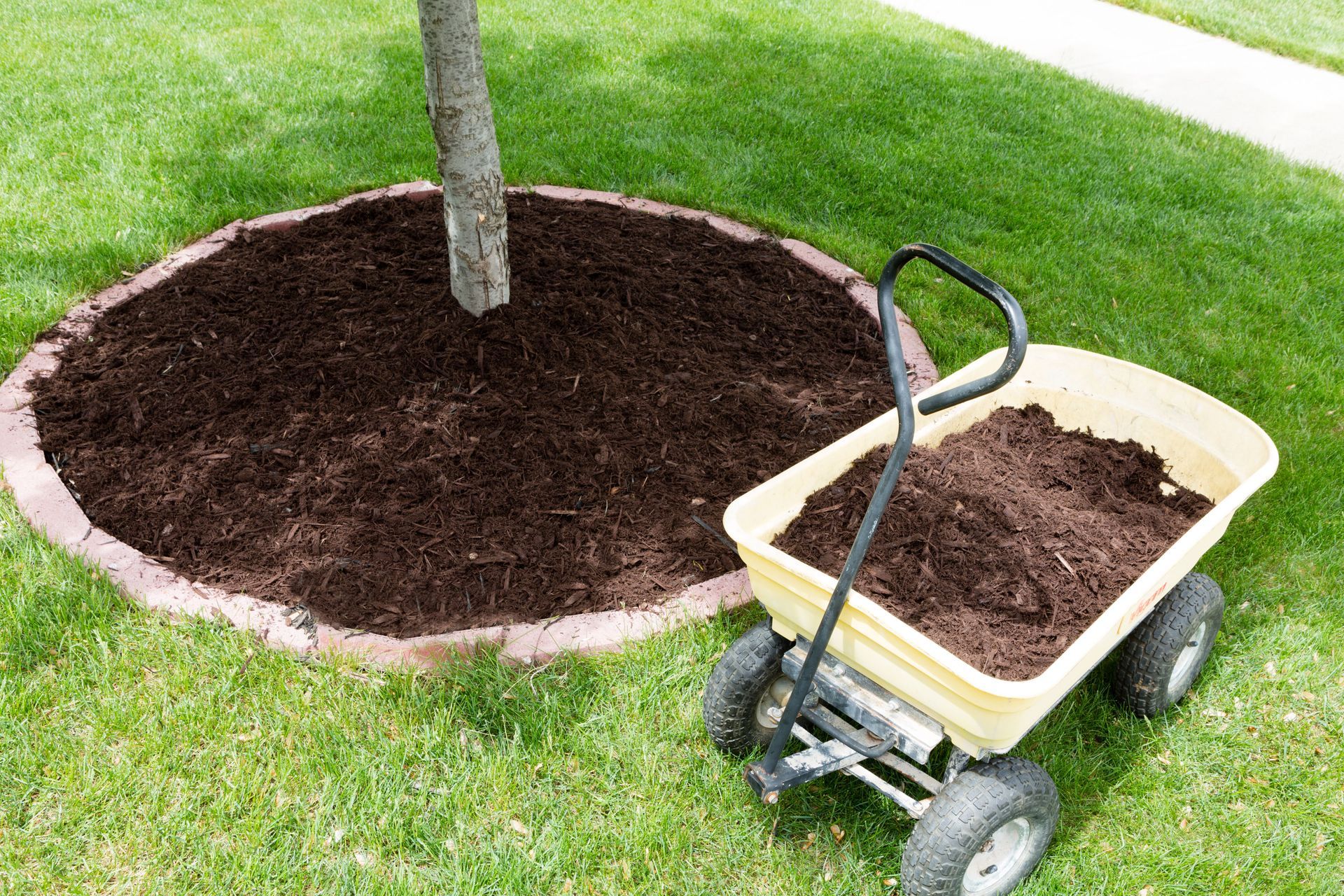
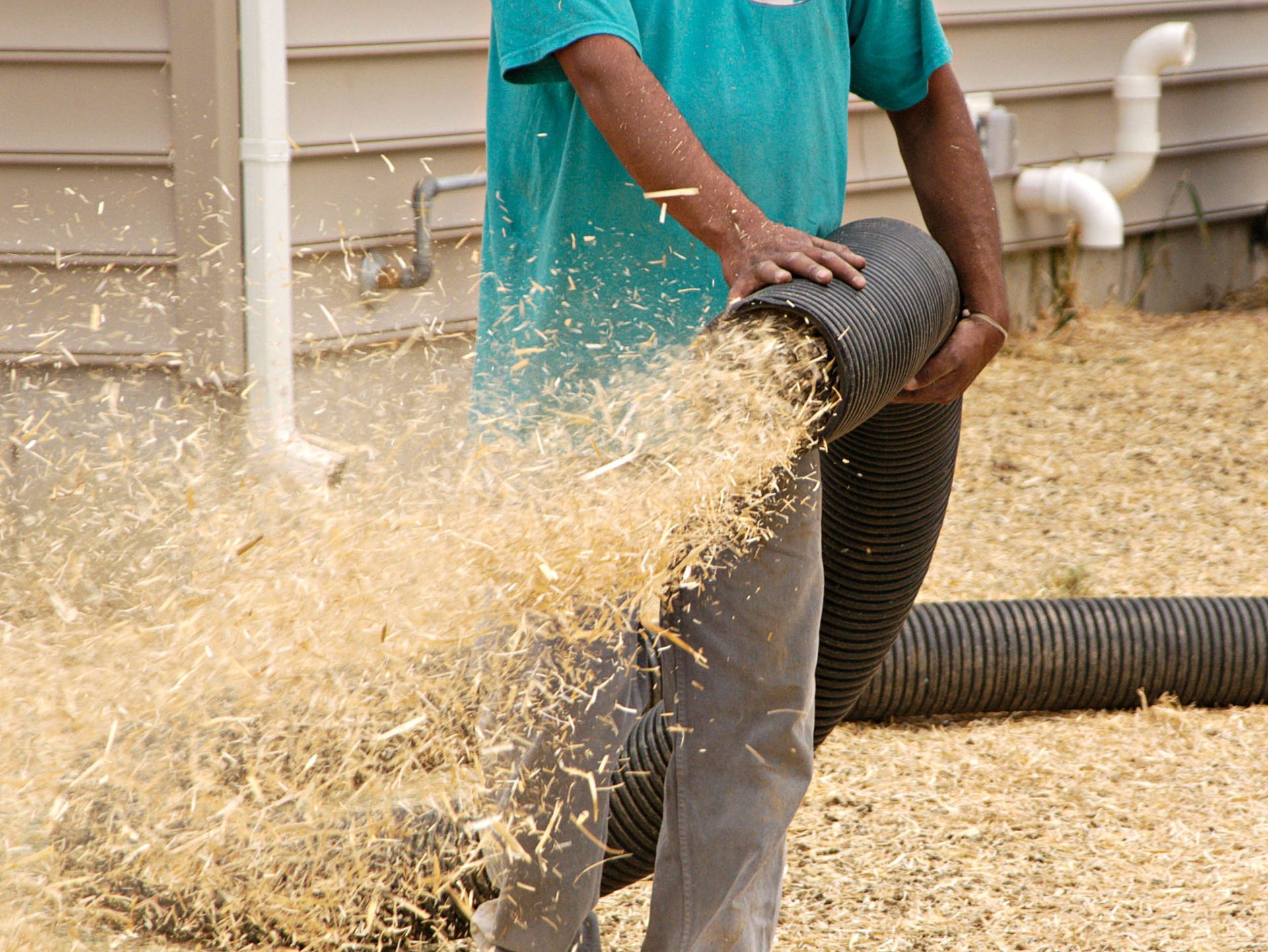
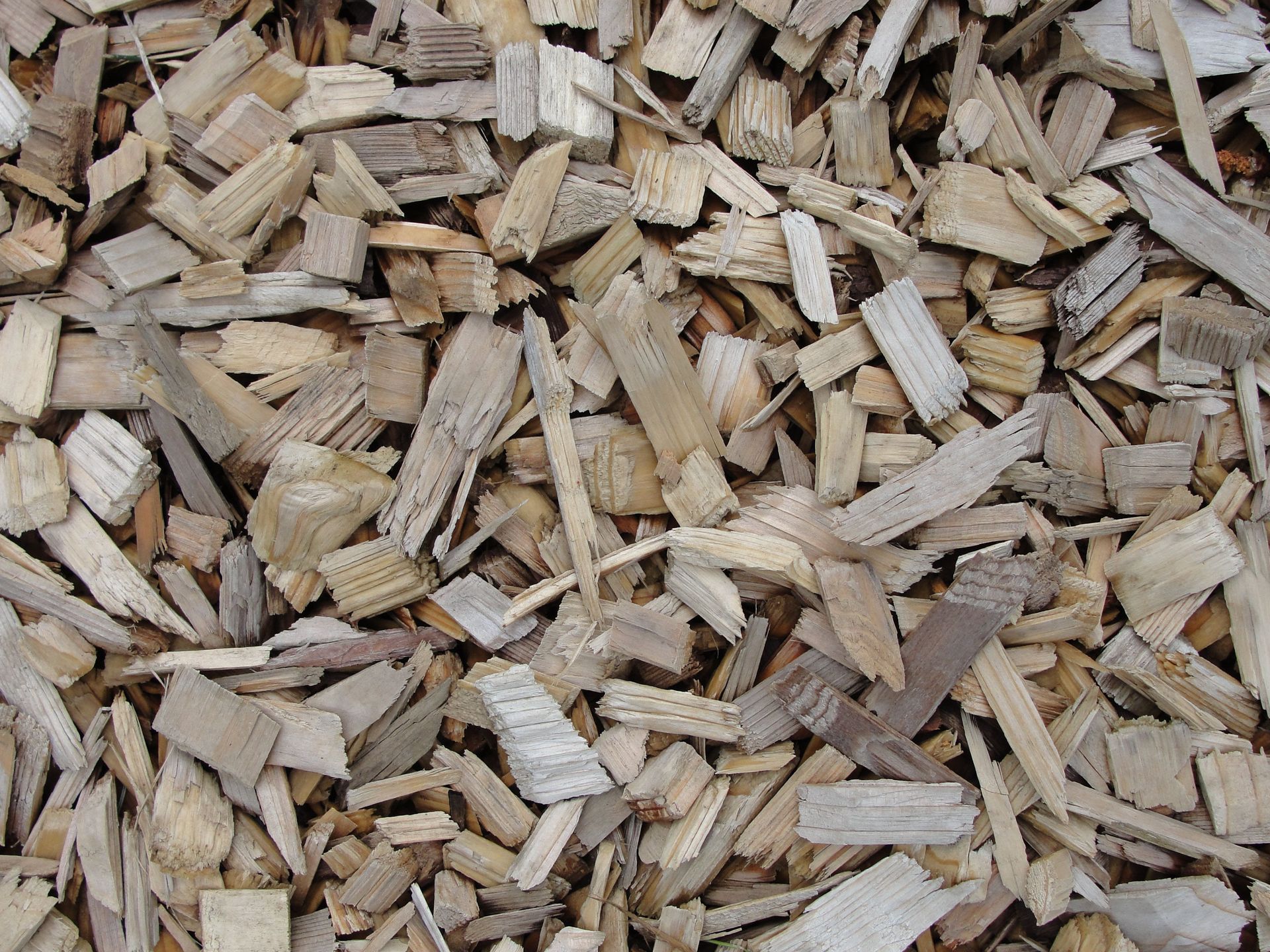
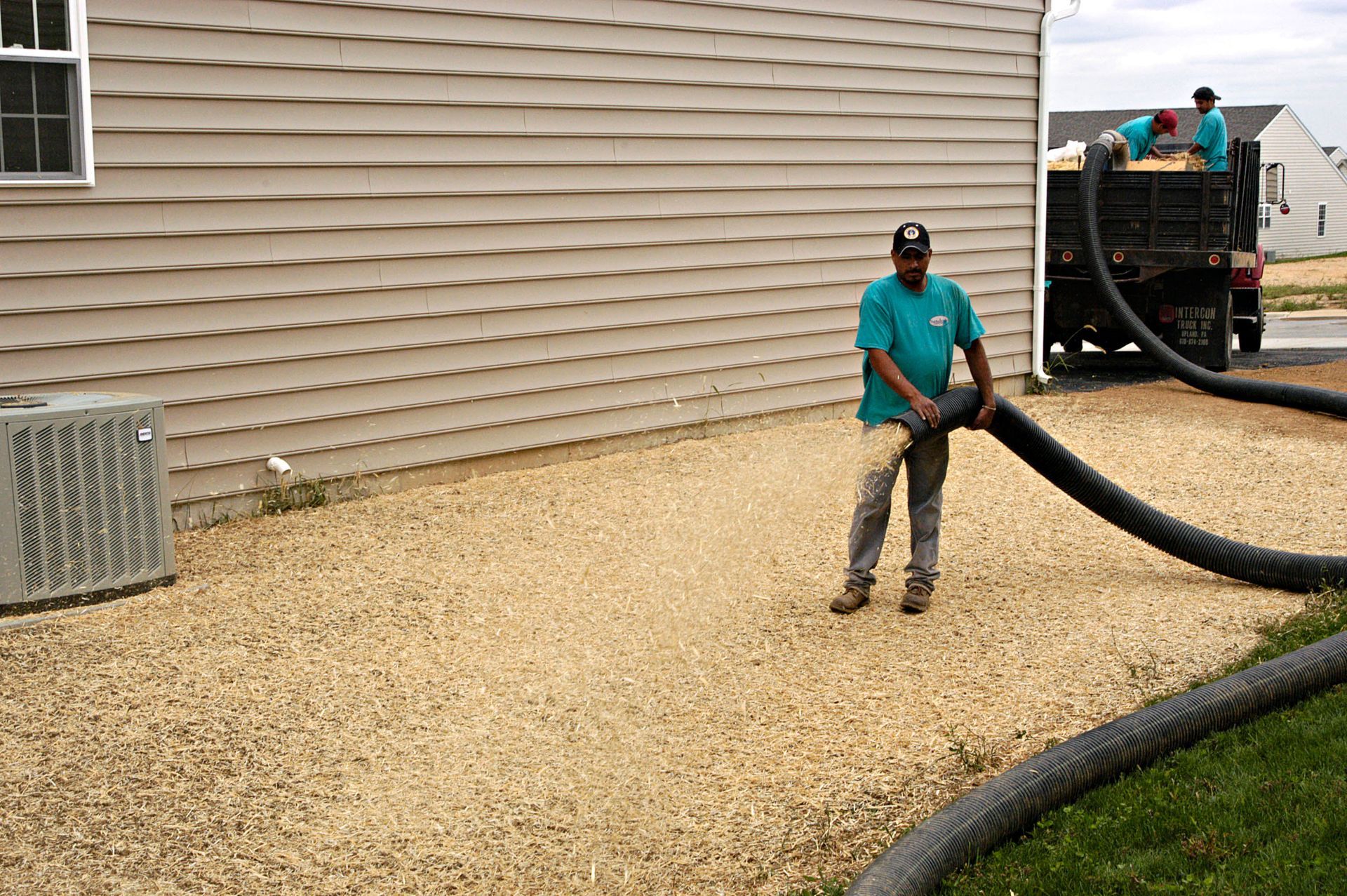
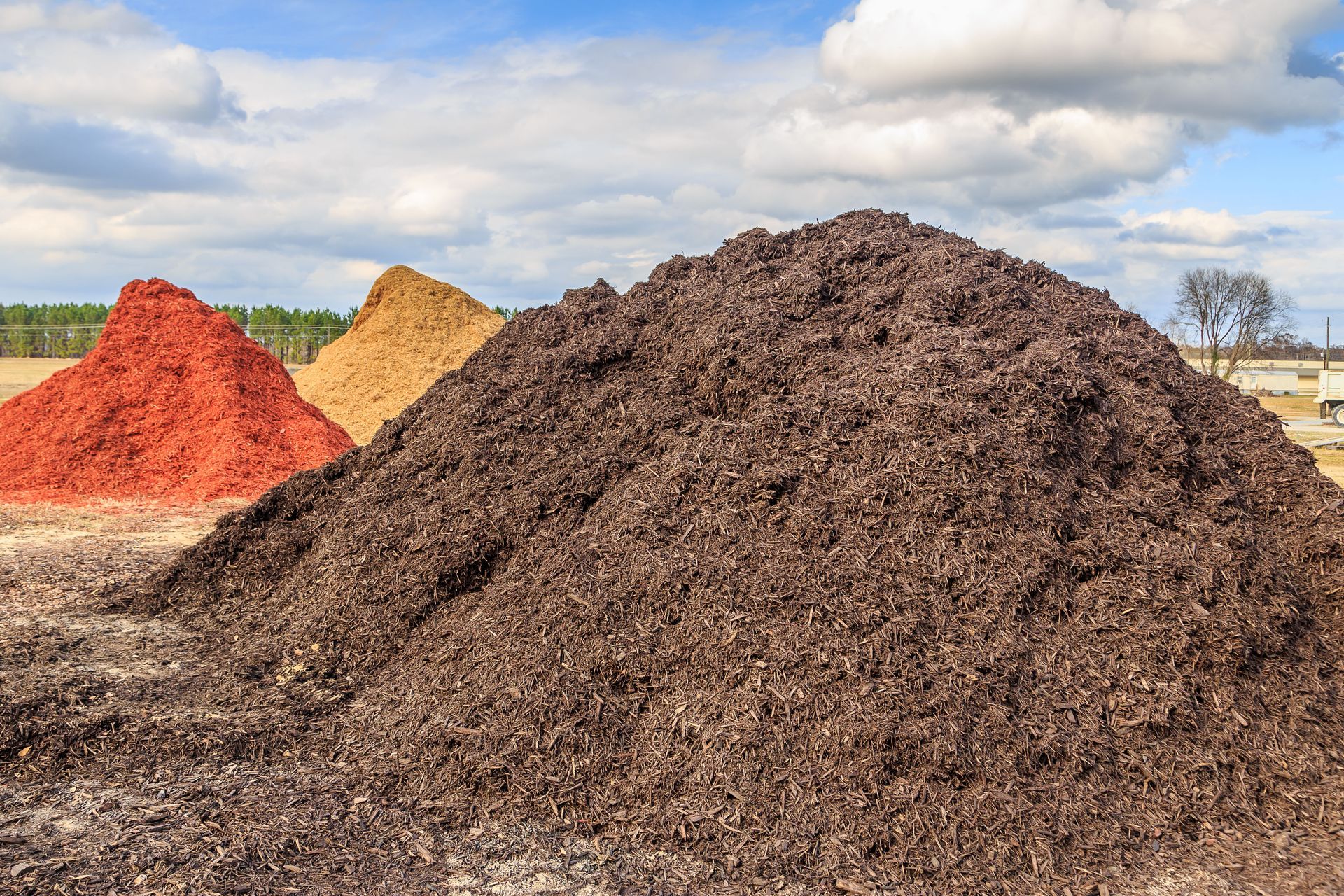
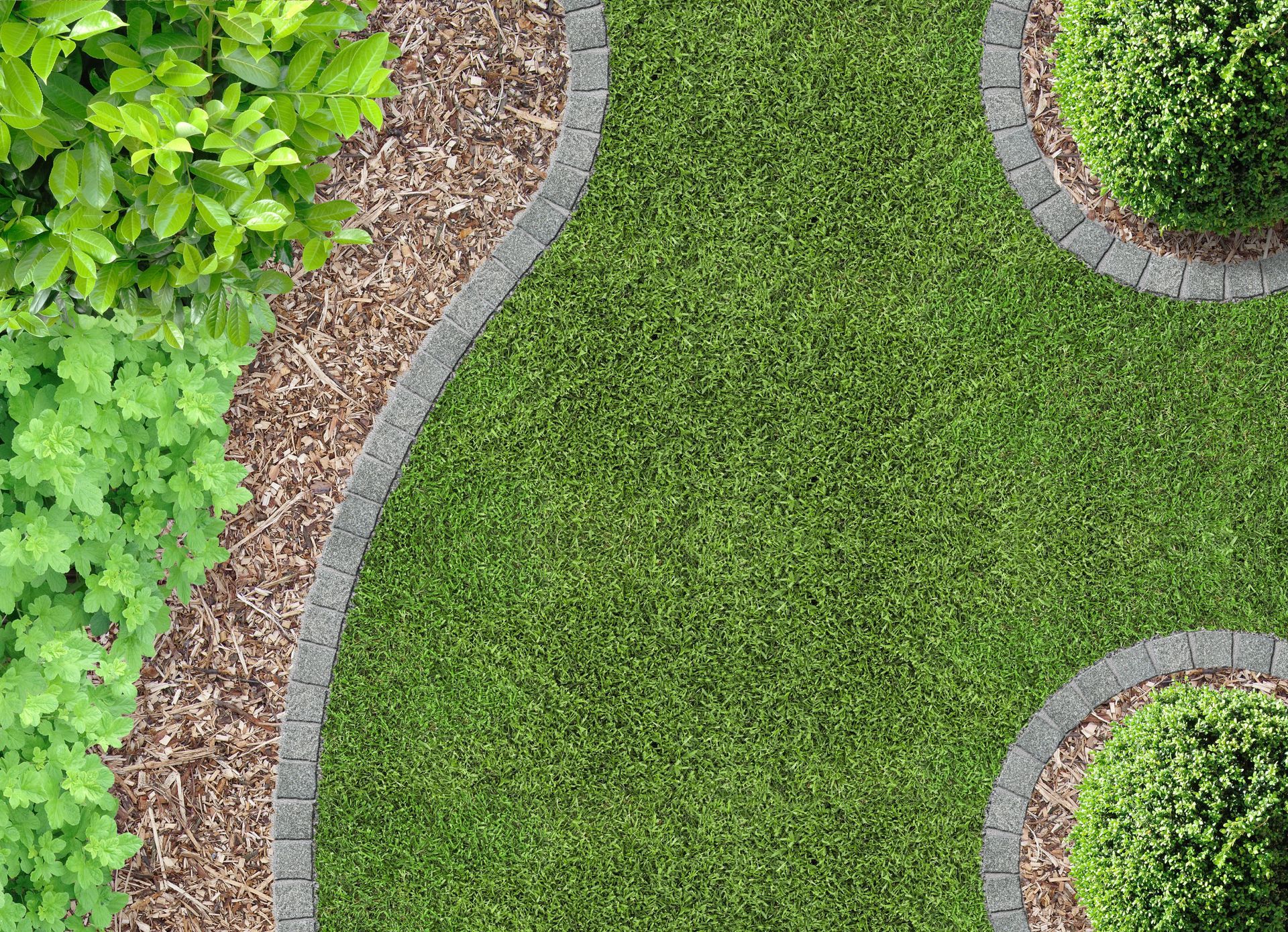
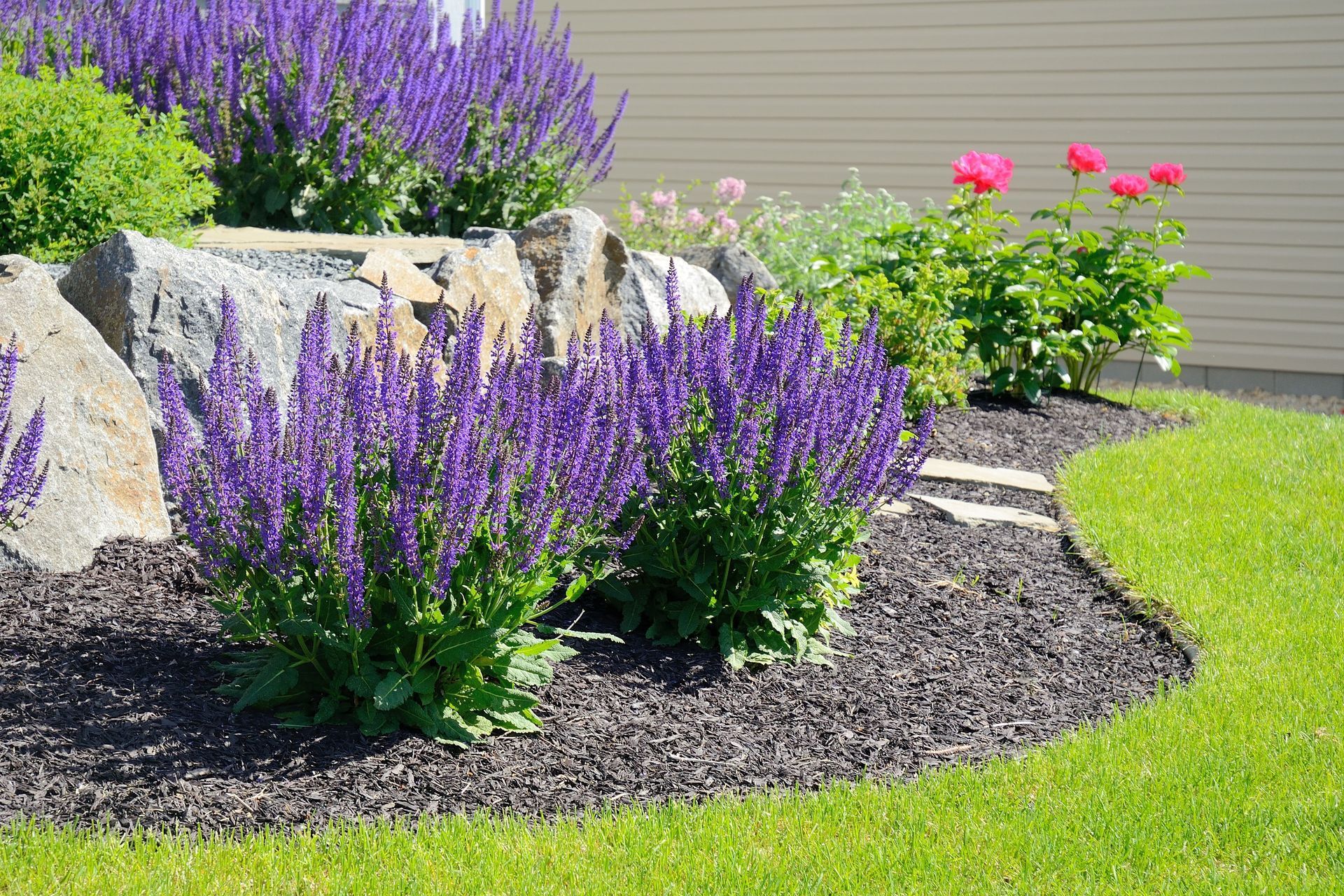
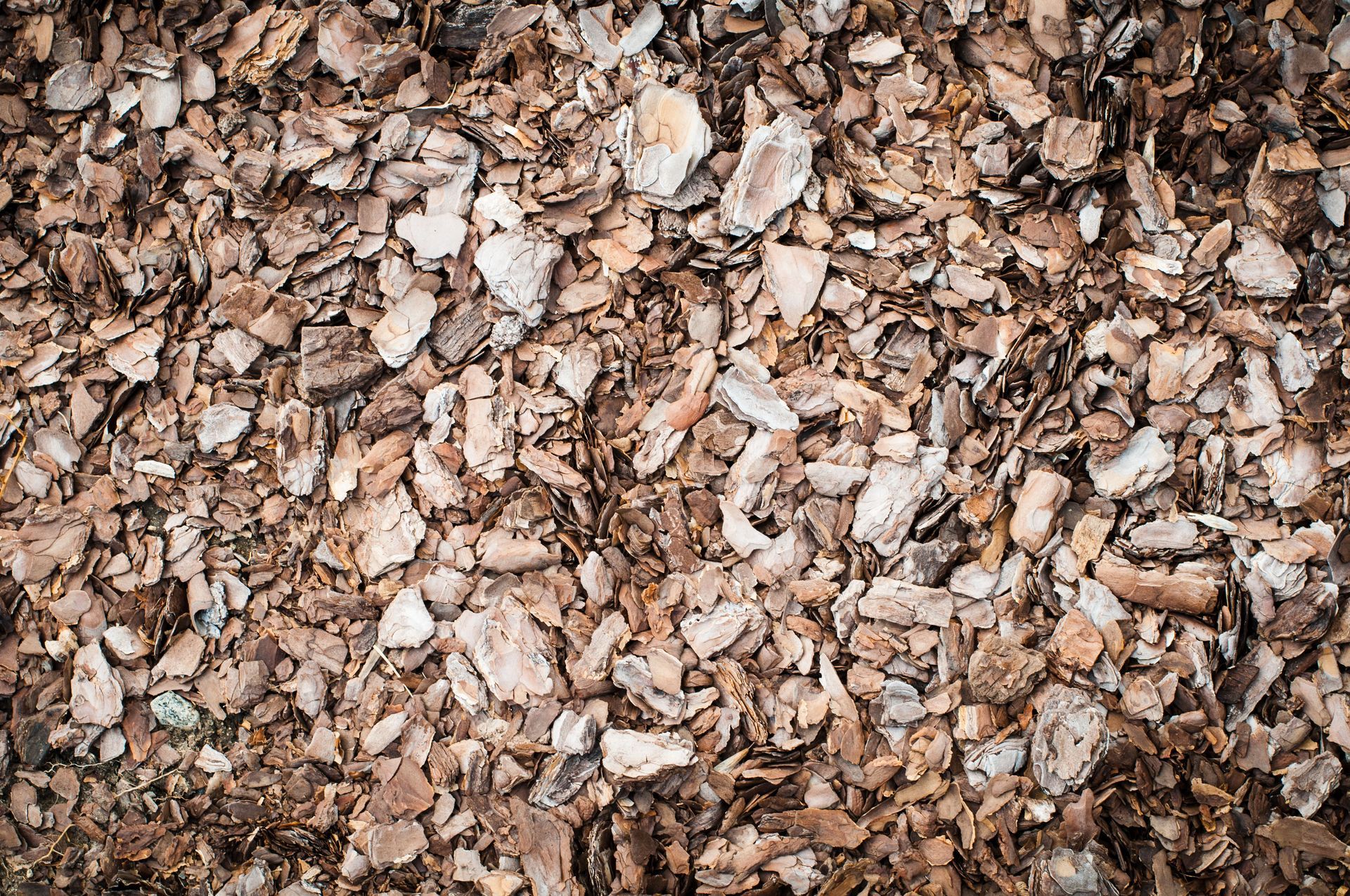

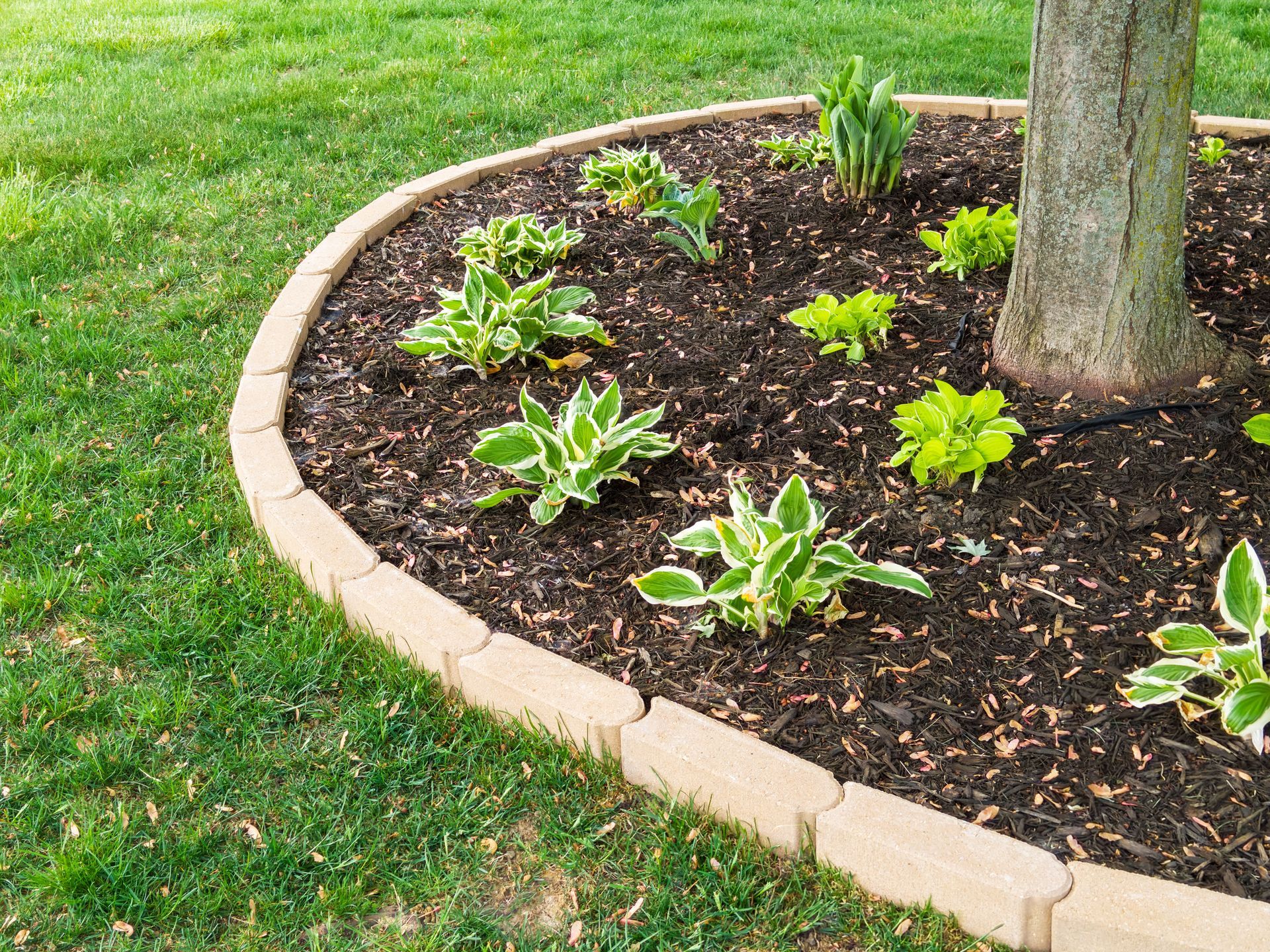
Share On: